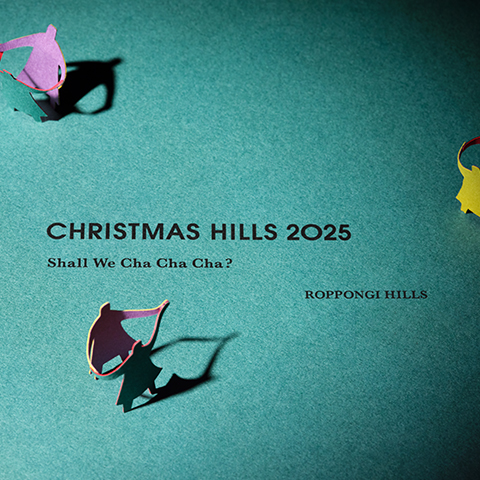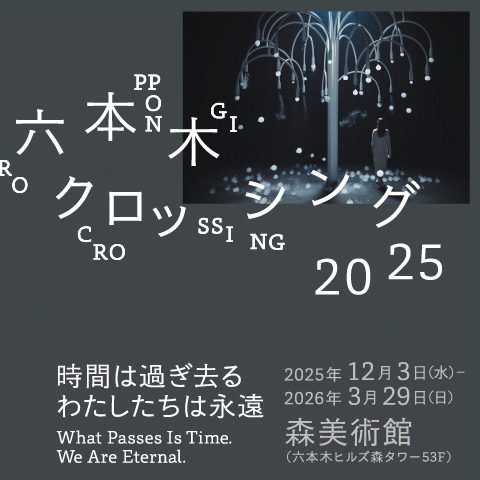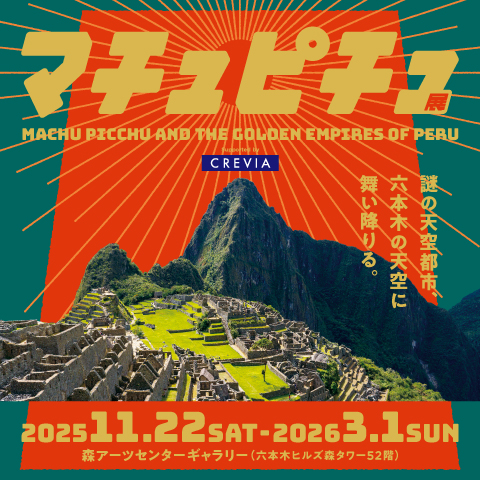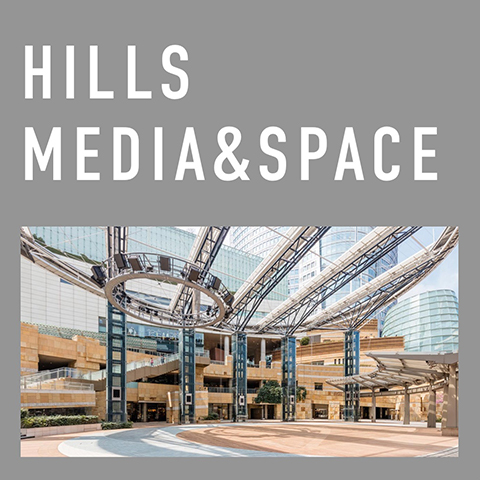
六本木ヒルズの代表的な建造物・空間について、設計・デザインした建築家を紹介します。
コンセプトの確立と共感
六本木ヒルズは、世界中の建築家やデザイナーのコラボレーションにより創り出されました。
それぞれの施設が複雑に絡み合い、境界線がはっきりしないにも関わらず、参加した建築家・デザイナーがそれぞれの個性を発揮できたのは、六本木ヒルズの「文化都心」というコンセプトが確立され、共感があったからです。
甲冑をイメージした外装デザイン(六本木ヒルズ森タワー)

六本木ヒルズの中で最もシンボリックな建物である六本木ヒルズ森タワーのデザインはKPF。
折り紙や鎧兜などをモチーフに、折る、重ねる、明暗をつけるといった、日本の伝統的な要素を感じさせるディテールを用い、幾何学的なデザインに仕上げ、太さがある建物を空に溶け込むような色合いと彫刻的なフォルムで、威圧感なくスマートに表現しています。
見る角度、時間によって建物の表情が変わる点も特徴的です。
KPF:Kohn Pedersen Fox Associates PC(コーン・ペダーセン・フォックス・アソシエイツ)
William Pedersen (ウィリアム・ペダーセン)
六本木ヒルズ森タワー、グランド ハイアット 東京、けやき坂コンプレックスの建築デザインを担当する。
KPFは、ニューヨークの大手建築事務所。超高層建築の第一人者として世界的に高い評価を得ている。建築企画設計、マスタープラン、インテリアデザインを中心に20ヶ国以上の国々で活躍する。シカゴの333ワッカードライブや、名古屋駅のJRセントラルタワーズを手がけたことでも知られる。
来街者が楽しめる「間」をデザインした共用部(商業エリア)

建物と建物の間をつなぐ空間(商業施設の空間)をデザインしたのはJPI。
来街者が、街全体を回遊して何度でも楽しんでもらえるように、歩くたびに景色が変わり、決して単調にならない連続した空間には、JPIのコンセプト「人は直線的に歩くのではなく、うねうねとし歩く」の考え方が生かされています。
わざと見通しを悪くしたり、床や天井のパターンを変えたり、周遊させる場所を設けたり、雄大な自然の景観を取り入れたカーブする動線デザインなど、来街者が楽しめる「間」がデザインされています。
JPI:The Jerde Partnership International, Inc (ジャーディ・パートナーシップ)
Jon Jerde (ジョン・ジャーディ)
六本木ヒルズ内の各建物の低層部に連続する商業施設エリアを担当する。
商業空間の演出では、世界随一の実績を誇る建築家。アメリカ西海岸の自然を意識したデザインが特徴。サンディエゴのホートンプラザや博多のキャナルシティなどを手がけた。
「クオリティ・オブ・ライフ」のデザイン(六本木ヒルズレジデンス)

個性的な外観を見せる「六本木ヒルズレジデンス」は、内装デザインも担当したC&Pによってデザインされました。
ライムストーンとテラコッタといった本物の天然石を使用して、自然な風合いを生かし、シンプルで飽きのこないデザインは、歴史あるヨーロッパの建築デザインです。
東京に存在しなかったような「クリエイティブ」な集合住宅は、新しいライフスタイルのヒントになるような空間で、東京に「クオリティ・オブ・ライフ」の新しい可能性を伝えます。
C&P:Conran & Partners(コンラン アンド パートナーズ)
Terence Conran (テレンス・コンラン)
六本木ヒルズレジデンスB/C/D、六本木ヒルズゲートタワー、六本木ヒルズクラブの設計を担当。
イギリスを中心に活動する建築デザイナー。インテリアデザインの世界では第一人者として国際的な評価を得ており、世界各国にインテリアショップを展開している。
庭園に面した6層吹き抜けのアトリウム(テレビ朝日)

テレビ朝日は、世界的建築家でもある槇文彦氏による設計。
毛利庭園に面し、ガラスとルーバー(羽板)に覆われた透明性の高い建物には、「ここに来たときにほっとしてもらえるように」という思いが込められています。
特徴ともいえる長さ120メートル、高さ30メートル6層吹き抜けのアトリウムは、一般の方も自由に入ることができ、毛利庭園との一体化を実現し、広がりがあります。
槇文彦
テレビ朝日放送センターの設計を担当する。
代表作に、代官山ヒルサイドテラス、幕張メッセ、東京体育館、スパイラルビルなど。国内外を問わず名誉ある建築賞を受賞。日本建築学会賞、レイノルズ賞、ウルフ賞、シカゴ建築賞、ブリッカー賞など多数。













